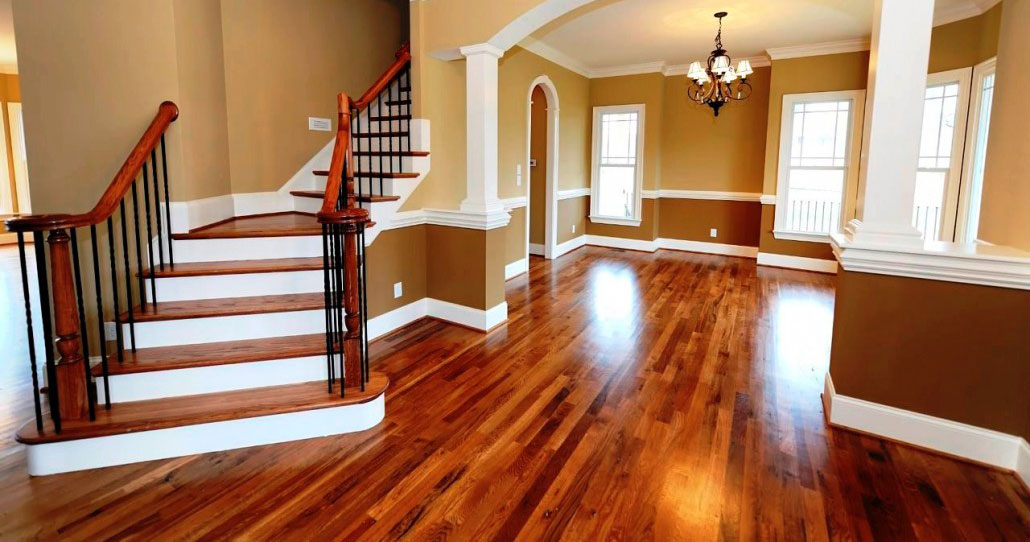Introduction
So, you’ve decided to breathe new life into your space with timber floor sanding. Congratulations! Before you embark on this exciting journey, it’s crucial to prepare your floor properly. In this guide, we’ll walk you through the essential steps to ensure your timber floor sanding in Melbourne is a success.
Why Preparation Matters
Preparing your floor is like laying the foundation for a sturdy building. Neglecting this step can lead to uneven sanding, reduced finish quality, and even potential damage to your beloved timber floor. By investing time in proper preparation, you’ll set the stage for a smoother and more efficient sanding process.
Step 1: Clear the Space
Before diving into the nitty-gritty of sanding, start by removing all furniture, rugs, and any other items from the room. This not only ensures a clean slate for the sanding process but also protects your belongings from dust and potential damage.
Pro Tip: Consider covering doorways with plastic sheets to minimize the spread of dust to other areas of your home.
Step 2: Inspect and Repair
Give your floor a thorough inspection for any damage, such as cracks, holes, or loose boards. Addressing these issues before sanding will prevent them from worsening during the process.
- Cracks: Fill them with a suitable wood filler.
- Holes: Use wood putty for small holes; replace boards for larger ones.
- Loose Boards: Secure loose boards with screws to ensure stability.
Step 3: Clean the Surface
A clean surface is essential for effective sanding. Remove any dirt, dust, or debris using a vacuum cleaner and a damp mop. This step not only enhances the sanding results but also prolongs the life of your sandpaper.
Pro Tip: If your floor has stubborn stains, consider using a mild cleaning solution to tackle them before sanding.
Step 4: Nail Down Protruding Nails
Ensure that all nails are firmly in place to prevent them from damaging the sanding equipment. Use a hammer to drive in any protruding nails, and if necessary, replace any that are too damaged.
Step 5: Sanding Direction Matters
Understanding the direction of the wood grain is crucial. Sanding against the grain can result in scratches and uneven finishes. Always sand parallel to the wood grain for the best results.
Pro Tip: Start with a coarse grit sandpaper and gradually move to finer grits for a smoother finish.
Step 6: Protect Yourself
Before you embark on the sanding process, don’t forget about personal protection. Wear safety goggles, a dust mask, and ear protection to shield yourself from potential hazards and ensure a comfortable sanding experience.
Conclusion
By following these simple yet crucial steps, you’re well on your way to preparing your floor for timber floor sanding in Melbourne. Remember, patience is key, and taking the time to prepare adequately will pay off in the end with a beautifully rejuvenated timber floor.
Whether you’re a DIY enthusiast or considering a professional Timber Floor Sanding Melbourne service, a well-prepared floor sets the stage for a successful project. Happy sanding!
Incorporate these tips, and you’ll be on your way to achieving a stunning, professionally sanded timber floor. If you’re looking for a Timber Floor Sanding Melbourne service, contact us for expert assistance and a flawless finish. Your dream floor is just a sanding away!




